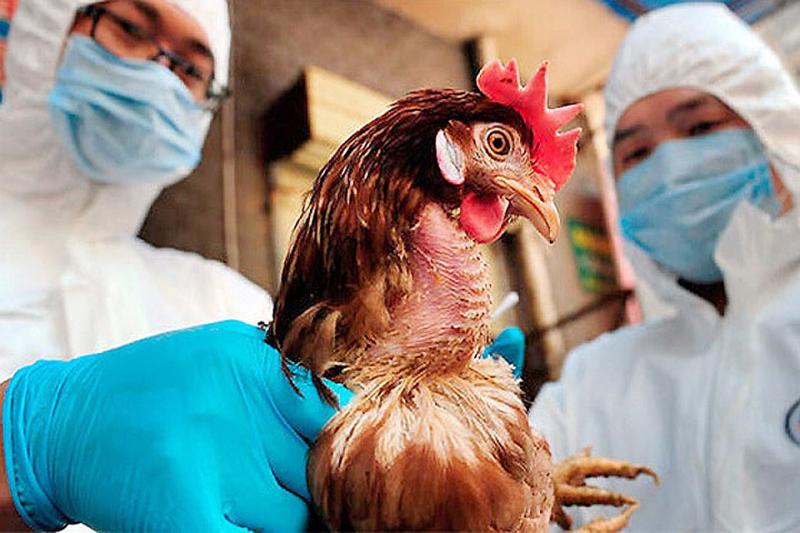The Ongoing Battle Against Avian Influenza: Analyzing H5N1 Threats and International Response Efforts
Avian influenza, commonly known as bird flu, has been making headlines in recent years due to its potential to trigger a human pandemic. While there are many different influenza viruses that primarily affect birds, the H5N1 virus is one of the most lethal bird flu strains and has jumped from birds to infect humans in several outbreaks since 2003. In this article, we examine the current status of the H5N1 virus globally, why it poses such a serious risk, surveillance and response efforts, and areas requiring further work to prevent a potential human pandemic.
Current Status of H5N1 Globally
The H5N1 virus continues to circulate at low levels in poultry populations across large parts of Asia, Africa and certain European countries. According to the latest report from the Food and Agriculture Organization (FAO), outbreaks among poultry were reported in five countries between September and November 2021. However, health experts warn that the virus may be spread even more widely in nomadic ducks and migratory wild Global Bird Flu that are invisible to ongoing surveillance programs. While human cases have declined significantly from early peaks between 2005-2007 in parts of Asia, sporadic human infections still occur in countries like Egypt, Cambodia, Indonesia and China where the virus remains entrenched. Since 2003, there have been over 850 human cases reported to WHO with a case fatality rate of 53%.
Why H5N1 Poses Such a Serious Threat
There are several reasons why H5N1 bird flu is considered a serious global threat compared to past influenza pandemics:
1. Lethality: The H5N1 strain is unusually lethal, with over half of reported human cases resulting in death. In contrast, even the 1918 Spanish Flu had a case fatality rate of 2-3%. A virus with these properties could overwhelm healthcare systems.
2. Reservoir in Birds: H5N1 continues to circulate endemically in poultry across a wide geographical area. As long as it exists in birds, there is significant risk of further spillover to humans through direct contact or consumption of contaminated poultry products.
3. Pandemic Potential: Though currently H5N1 does not transmit efficiently between humans, a few mutations could enable it to attain that ability and start a deadly human pandemic. Experts worry that with its high lethality, even a limited transmission could have severe consequences.
4. Lack of Immunity: Since H5N1 strains have not circulated widely in humans before, the entire human population remains susceptible without any pre-existing immunity. This factor enhanced transmission in past pandemics like 1918.
Global Surveillance and Response Efforts
In recognition of the grave danger posed by H5N1, governments and international organizations have intensified monitoring, preparedness and control activities:
- FAO and OIE coordinate global surveillance among animal populations using a vast network of national laboratories. Key surveillance indicators like virus genetics, outbreak locations and species affected are then shared internationally.
- Countries with endemic H5N1 actively monitor live bird markets, strengthen biosecurity on poultry farms, vaccinate poultry in some areas and swiftly cull infected flocks during detected outbreaks to limit transmission.
- WHO maintains a global influenza surveillance system and coordinates the sharing of detected human H5N1 virus isolates between its network of collaborating laboratories. This allows continuous monitoring of virus evolution and changes affecting transmission.
- Stockpiling of antiviral drugs by countries and WHO, as well as development of candidate H5N1 vaccines are aimed to facilitate rapid response in case increased human cases indicate pandemic potential.
- Regular pandemic preparedness exercises and scenario simulations help evaluate response plans and identify gaps requiring more resources and coordination between international and national health agencies.
Areas for Further Work
Despite significant efforts, some aspects require greater attention to maximize global defenses against H5N1:
- Lack of robust surveillance networks in remote or conflict areas hinders global visibility and early detection of outbreaks. Novel detection tools and community involvement are needed to plug such gaps.
- Complacency with H5N1's persistence poses risks as reduced attention may compromise control programs. Sustained high-level commitment to long-term efforts are critical.
- Gaps remain in international coordination and information sharing between animal and human sectors which are both key to pandemic risk assessment and mitigation strategies.
- New vaccine manufacturing technologies are required to rapidly produce effective vaccines matching emerging viral strains within months, instead of the years usually required currently.
- More research is still warranted to gain a deeper scientific understanding of factors enabling H5N1 to mutate or reassort into a pandemic form while maintaining its high mortality rate.
Get more insights on Global Bird Flu
